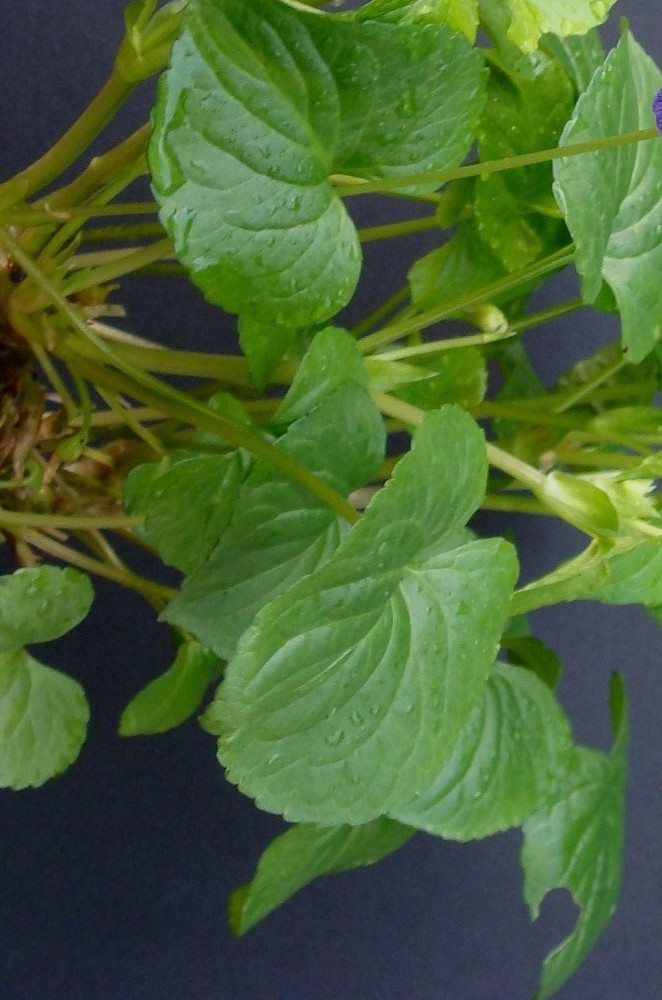Alaska violet
(Viola langsdorffii)

Description
Viola langsdorffii is a species of Viola. Commonly known as Alaskan violet and Aleutian violet, it is a plant from rather stout creeping rootstocks, glabrous, the stems ascending 5–30 cm long. V. langsdorffii has leaves that are long-petioled, round-cordate, and anywhere from 2.5 to 4 cm broad, crenate; stipules foliaceous, lanceolate, the lower usually incised. The flowers are pale violet, with petals 12–16 mm long, the three lower white at base, the lateral pair bearded; spur very short and stout, as broad as long; the head of styles not bearded. Alaskan and Aleutian specimens, with petals 20 mm long, are more robust than specimens from further south in it range. Viola langsdorffii can usually found near the coast in Boreal and Humid Transition Zones, Aleutian Islands to central Oregon, where it extends inland to Marion County. V. langsdorffii typically grows in moist places at low to high elevations. Its native habitats includes bogs, moist meadows, stream banks, and snow beds. Viola is a genus of flowering plants in the violet family Violaceae. It is the largest genus in the family, containing between 525 and 600 species. Most species are found in the temperate Northern Hemisphere; however, some are also found in widely divergent areas such as Hawaii, Australasia, and the Andes. Some Viola species are perennial plants, some are annual plants, and a few are small shrubs. Many species, varieties and cultivars are grown in gardens for their ornamental flowers. In horticulture the term pansy is normally used for those multi-colored, large-flowered cultivars which are raised annually or biennially from seed and used extensively in bedding. The terms viola and violet are normally reserved for small-flowered annuals or perennials, including the wild species. Annual or perennial caulescent or acaulescent (with or without a visible plant stem above the ground) herbs, shrubs or very rarely treelets. In acaulescent taxa the foliage and flowers appear to rise from the ground. The remainder have short stems with foliage and flowers produced in the axils of the leaves (axillary). Viola typically have heart-shaped or reniform (kidney-shaped), scalloped leaves, though a number have linear or palmate leaves. The simple leaves of plants with either habit are arranged alternately; the acaulescent species produce basal rosettes. Plants always have leaves with stipules that are often leaf-like.
Taxonomic tree:







